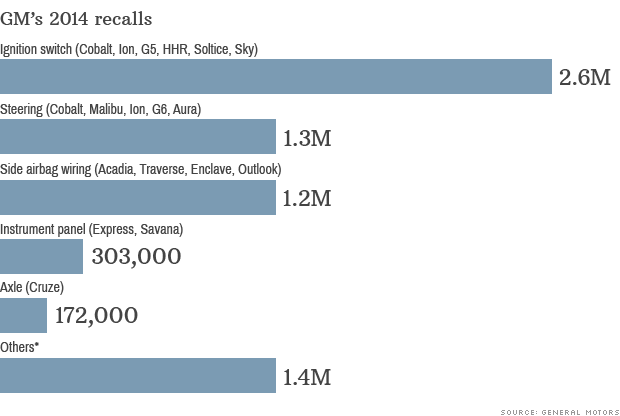“If the United Nations was fully funded why would we need the Arc or social enterprise”?
If the United Nations was fully funded, there would still be a need for the Arc Initiative or social enterprise because of the difference between large-scale and small-scale operations. The UN represents the majority of the world, therefore their initiatives would embody a large segment of the population. If they were to participate and fund small businesses, many of the country members would question as to why the funds are not being invested in large-scale operations that can benefit the majority. As a result, the door opens for the Arc Initiative. These types of programs create shared value for both parties involved: the programs gain experience and the businesses being helped gain unique solutions in an attempt to become more efficient. The types of businesses that the Arc Initiative takes on are ones that also create shared value within the community, whether it’s employing workers or producing quality products. Similarly, social enterprise’s create profits while producing a good or service that benefits a disadvantaged segment of the population. The United Nations is too large to be able to take on small-scale businesses as such. Nonetheless, it isn’t a bad thing as it opens up opportunities for students to gain experience and provide business knowledge in order to contribute to a good cause.
Sources:
UBC Sauder, “Arc Initiative“














